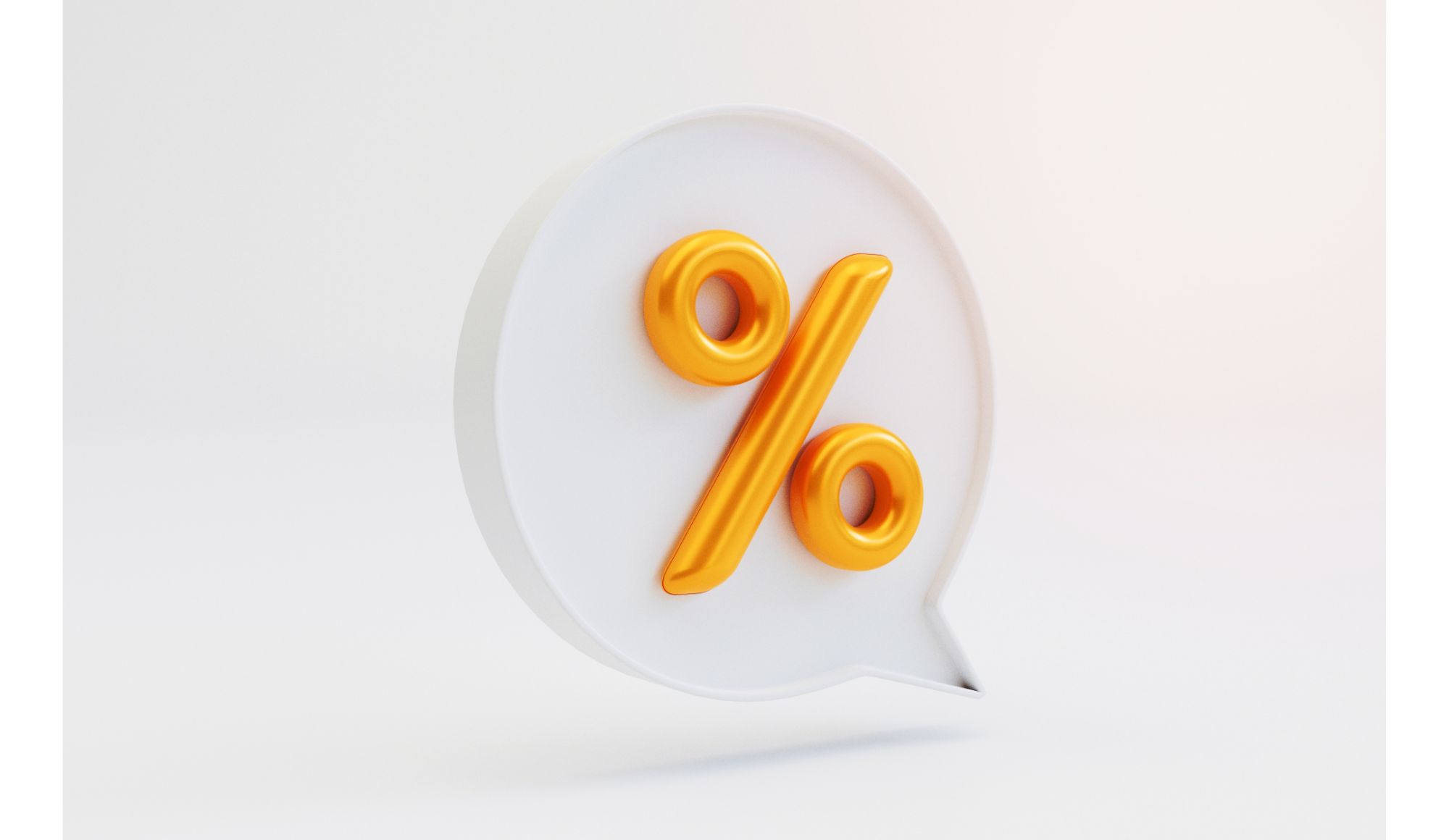Most Undervalued Stock In Billionaire Portfolio
Third Point, founded by Dan Loeb, is no ordinary investment manager. It’s got $6.5 billion in assets under management and so when it makes a move it’s worth paying attention because you know the company has passed a lot of screens to be accepted into the portfolio.
But perhaps even more interesting is what stock in the portfolio ranks as the most undervalued of all and whether it’s a buy?
Key Points
- The most undervalued stock in Third Point’s portfolio is a utility paying a modest dividend that appears starkly undervalued.
- Management has conviction that the share price is below fair value and has engaged in a share repurchase scheme.
- The stock appears to be trading at low multiples at this time, further suggesting upside opportunity.
#1 Most Undervalued Stocks In Third Point Portfolio
Vistra isn’t a name that is likely familiar to many investors yet it’s a giant integrated electricity and power generation company with around $15 billion in revenues and a market capitalization just shy of that.
It also pays a 2.1% dividend yield, which is likely one of the reasons Loeb’s investment team purchased it. However, some more compelling reasons are likely the ones that nudged Third Point to scoop up shares.
For one, Vistra management has been engaged in a share repurchase scheme, suggesting that they are confident the share price is undervalued at this time. So we wanted to investigate whether they were right and to do so requires forecasting the cash flows out in time and discounting them back to the present day to see whether the number is higher or lower than the current valuation.
As it turns out, Vistra appears steeply undervalued based on a discounted cash flow forecast analysis. While analysts forecast modest upside to $42 per share, a DCF reveals upside to $53 per share, suggesting as much as 35% upside opportunity.
Why Did Third Point Buy Vistra?
Beyond the valuation argument, Vistra also makes a compelling case to be bought because of its attractive multiples and strong profitability over the past year.
Over the past 5 years, revenues have grown at an annual average rate of over 20% while the price-to-sales multiple at this time is 0.9x. It should be highlighted, though, that the next five years are forecast to be less impressive and essentially flat.
The company is clearly doing a stellar job on many fronts, reporting a return on equity of 36%. It’s also trading at a low earnings multiple of just 11.1x. Furthering the bullish argument, net income is forecast to rise again this year. And for income-seekers the dividend has been hiked in each of the past 5 years also.
With cash flows, growth, momentum and profits all favoring Vistra at this time, the only obvious drawback is the high price-to-book multiple that sits at 4.0x at this time.
Few stocks have all the polish an investor may want to compel a buy and Vistra is no different but it certainly appears attractive overall, even if it’s not a popular stock that garners headlines. In fact, opportunity lies where many investors aren’t looking and that’s perhaps what Loeb appears to have identified in Vistra.



